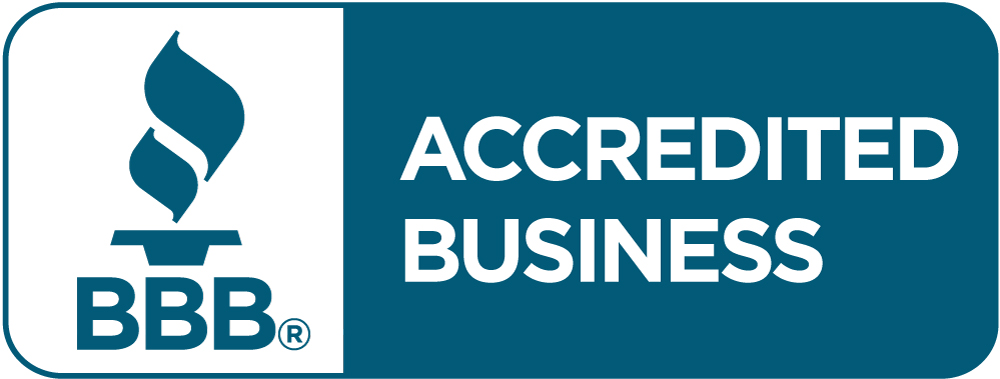Quick Links
ToggleEffective money management is one of the biggest things that separates a successful business from one that struggles to keep afloat. This is why it’s important for businesses of all sizes to track and manage the costs associated with operating their venture. Not only is it the first step to improving your profitability, but effective expense tracking also helps you to maintain healthy cash flow, create stronger revenue forecasts, and maximize your tax deductions.
Ready to learn the top five tips to better small business expense tracking? Let’s get started.
1. Keep Your Business and Personal Funds Separate
It probably goes without saying, but successful expense tracking is only possible if you’re keeping your business funds and personal funds separate. Avoid using personal cash, checking accounts, or credit cards for business expenses in order to avoid further confusion and errors.
Managing outgoing and incoming business finances is much easier to do if that money is being kept in one place. Therefore, if you haven’t already set up a dedicated account or credit card for your business operation costs, now is the perfect time to do so.
2. Create Expense Categories
To track where your money is going and which areas you should allocate more or fewer resources to, you’ll want to divide your expenses into several important, business-related categories. These might include:
Of course, your business expense categories will vary slightly depending on your industry and business model, but those listed above provide a good overview of what might be applicable to you.
3. Digitize Receipts
If you’ve been shuffling hundreds of receipts into a folder each year, you’ll be pleased to hear there’s a better way. The digital era has also brought with it opportunities for businesses to digitize their receipts for easy access when tax season comes around.
To digitize your receipts, all you need to do is use a receipt scanning app. Popular receipt scanning apps include:
All you need to do is upload a digital copy of your physical receipts to the cloud so they’re accessible whenever you need to review them. As for your digital receipts, such as those you receive via email, just save a PDF copy of it and upload it to the same cloud-based location.
4. Use an Expense Tracking Tool
One of the easiest and most accurate ways to succeed with your small business expense tracking is through using accounting software or budgeting apps. There are a number of these available – both for free and with paid subscriptions – that will help you to record, manage, and track all of your expenses. Some of the most popular expense tracking tools include:
Many accounting apps also integrate with your business bank account and automatically categorize and update your expenses, helping you save valuable time inputting information.
5. Create Regular Expense Reports
It’s one thing to have effective expense tracking software in place, but unless you are regularly reviewing this information by generating weekly, monthly, quarterly, and annual financial reports, you might just fall behind.
Pay attention to any errors and insights to better understand your business’s financial health. Ask yourself:
The answers to these questions can help you identify any problem ideas and inform strategies for improvement.
Are Your Small Business Expenses Too High?
For some businesses, expense tracking might reveal that their financial health is in need of urgent attention. This occurs when your business’s expenses outweigh your profit. Thankfully, all is not lost. For businesses requiring a boost in working capital, business loans such as a merchant cash advance or term loan can provide the fast and flexible funds needed.
Has expense tracking revealed that your small business needs a cash injection?
Contact us at (714) 500-6622 to learn more about your options. You could qualify for up to $250,000 in just 24 hours.









